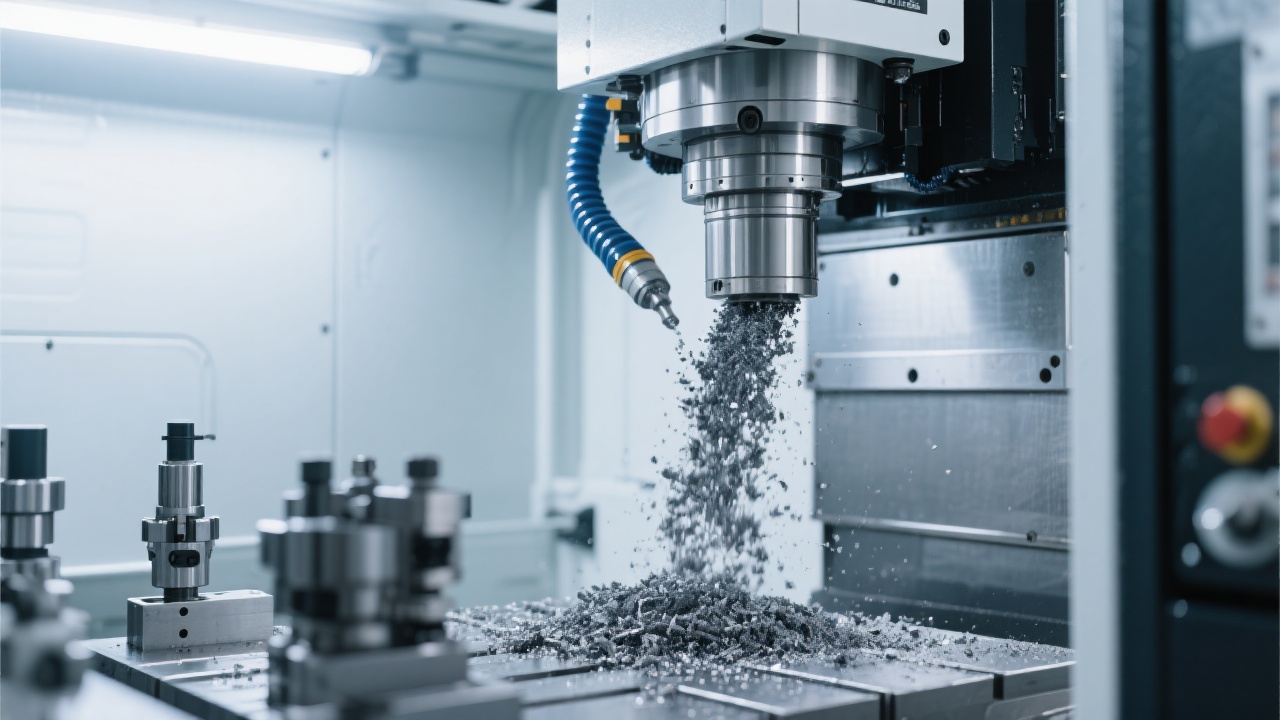
For manufacturers working with graphite — especially in lithium battery electrode production or aerospace composites — airborne dust isn’t just a nuisance. It’s a silent killer of machine precision and uptime.
In traditional machining setups, even minor particle ingress can cause premature wear on ball screws, guide rails, and spindles. One study by the International Journal of Advanced Manufacturing Technology found that uncontrolled contamination increases maintenance frequency by up to 45% in high-precision environments. That’s where the DC6060G Wet-Flush Graphite Machining Center steps in — not just as a tool, but as a system engineered for cleanliness.
Unlike partial enclosures that rely on airflow alone, the DC6060G uses a multi-layered approach:
This isn’t theoretical. At a leading Chinese lithium battery manufacturer, after installing the sealed enclosure, their MTBF (Mean Time Between Failures) increased by 30% over six months. Maintenance costs dropped by 25%, and operator complaints about dust-related issues fell to near zero.

Think of it this way: if your CNC machine is like a surgeon’s scalpel, then dust is like dirt on the blade — invisible until it causes a mistake. In industries where tolerances are measured in microns, even one particle can ruin a batch.
The sealed design doesn't just stop dust — it creates an environment where consistency becomes predictable. For OEMs producing parts for EVs, medical devices, or satellites, this means fewer rejects, less downtime, and higher throughput.
| Metric | Before Sealed Enclosure | After Sealed Enclosure |
|---|---|---|
| MTBF (hours) | 1,200 | 1,560 |
| Monthly Maintenance Cost | $2,800 | $2,100 |
| Dust-Related Downtime (hrs/month) | 18 | 6 |
What makes this solution truly valuable? It turns a costly problem into a competitive advantage — especially when you’re competing for contracts in cleanroom-grade manufacturing.
Download our “High-Cleanliness Machining Solutions” White Paper — filled with real-world case studies, sealing best practices, and a checklist for evaluating your current setup.
Get Your Free White Paper Now
